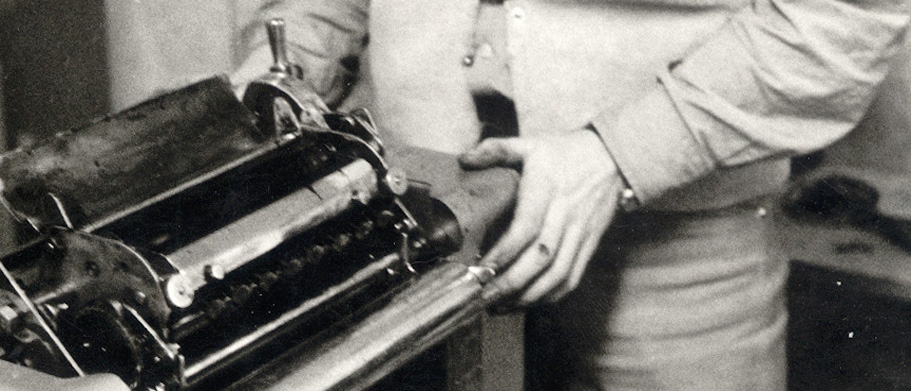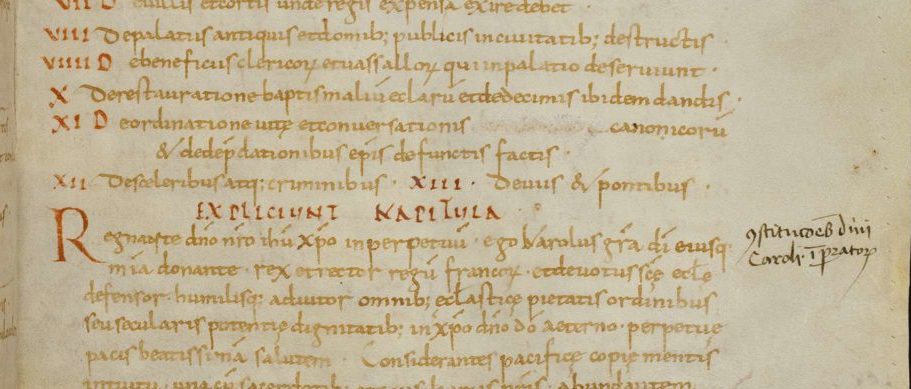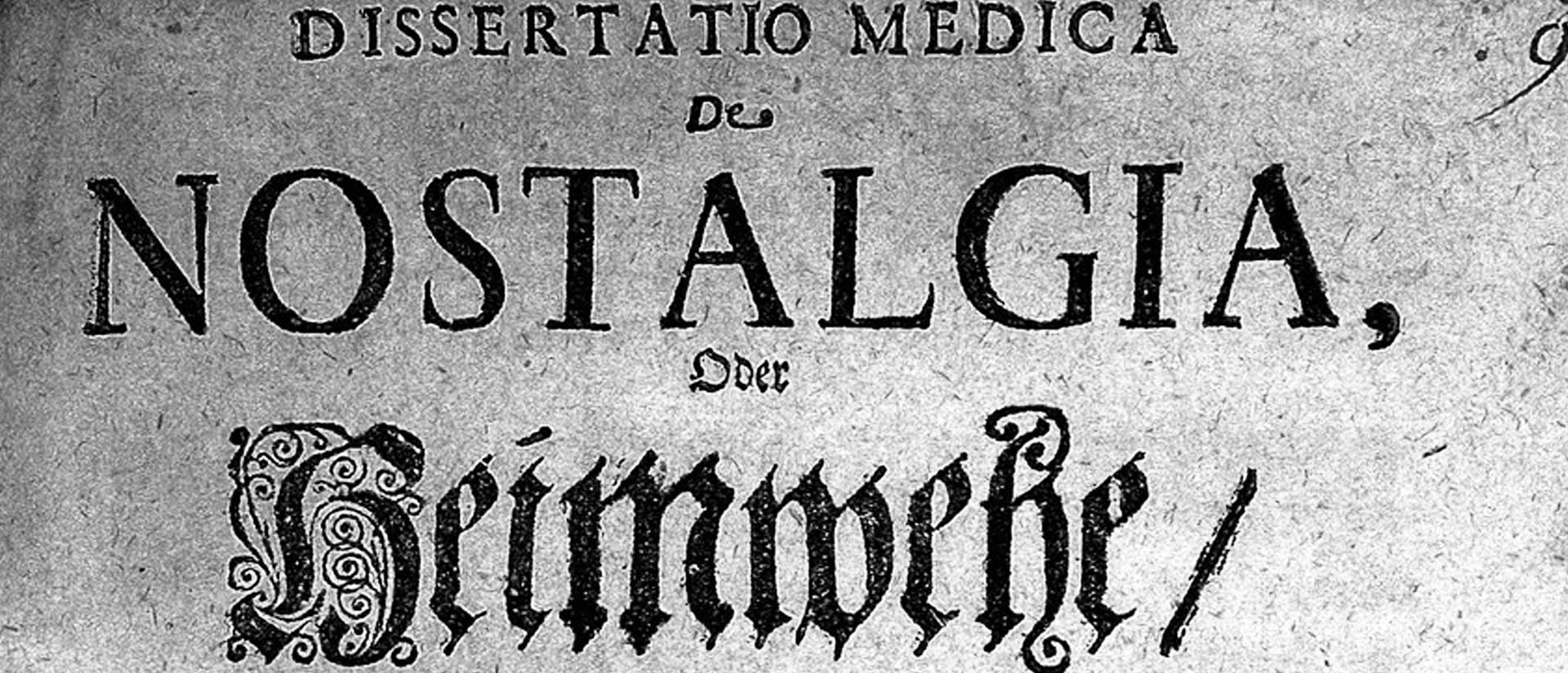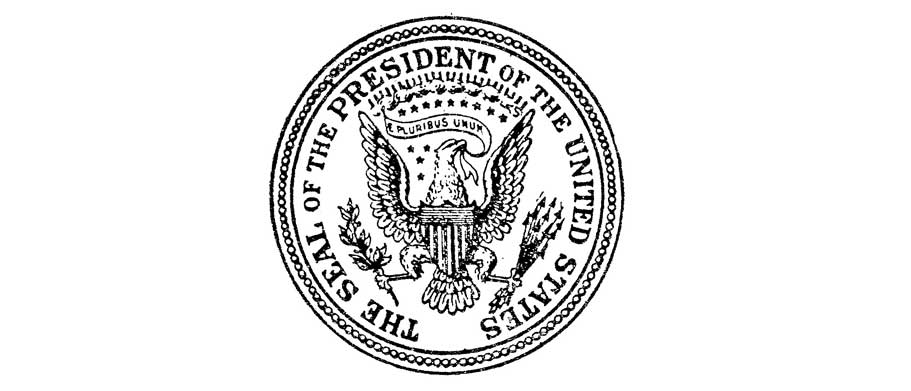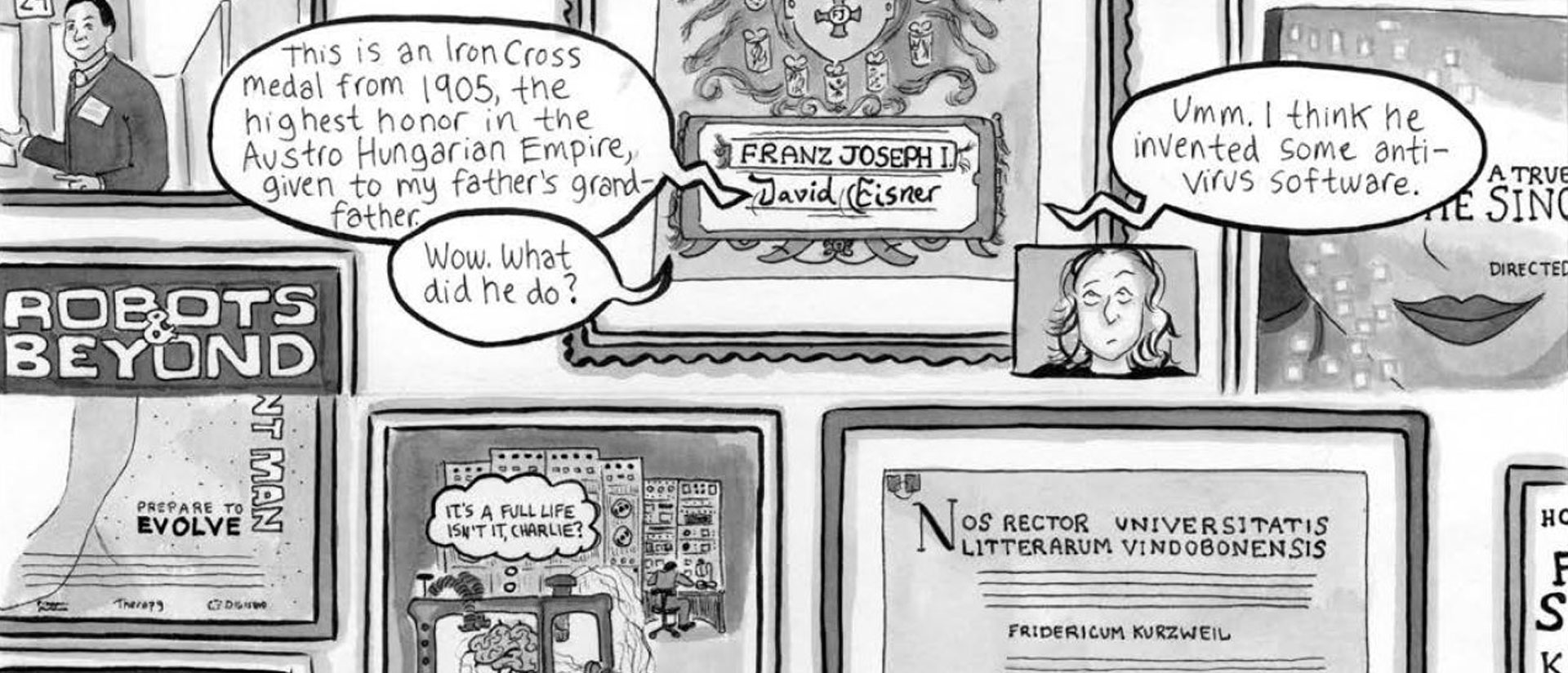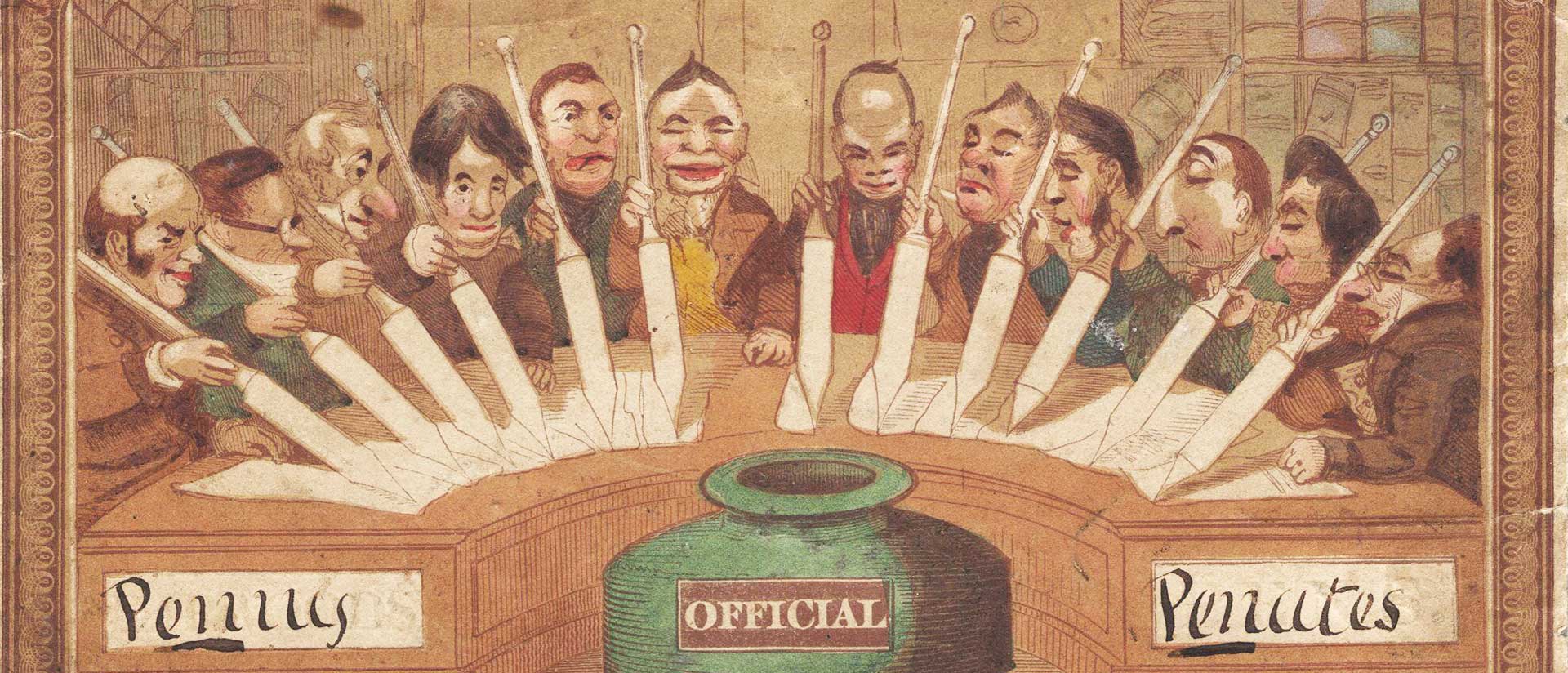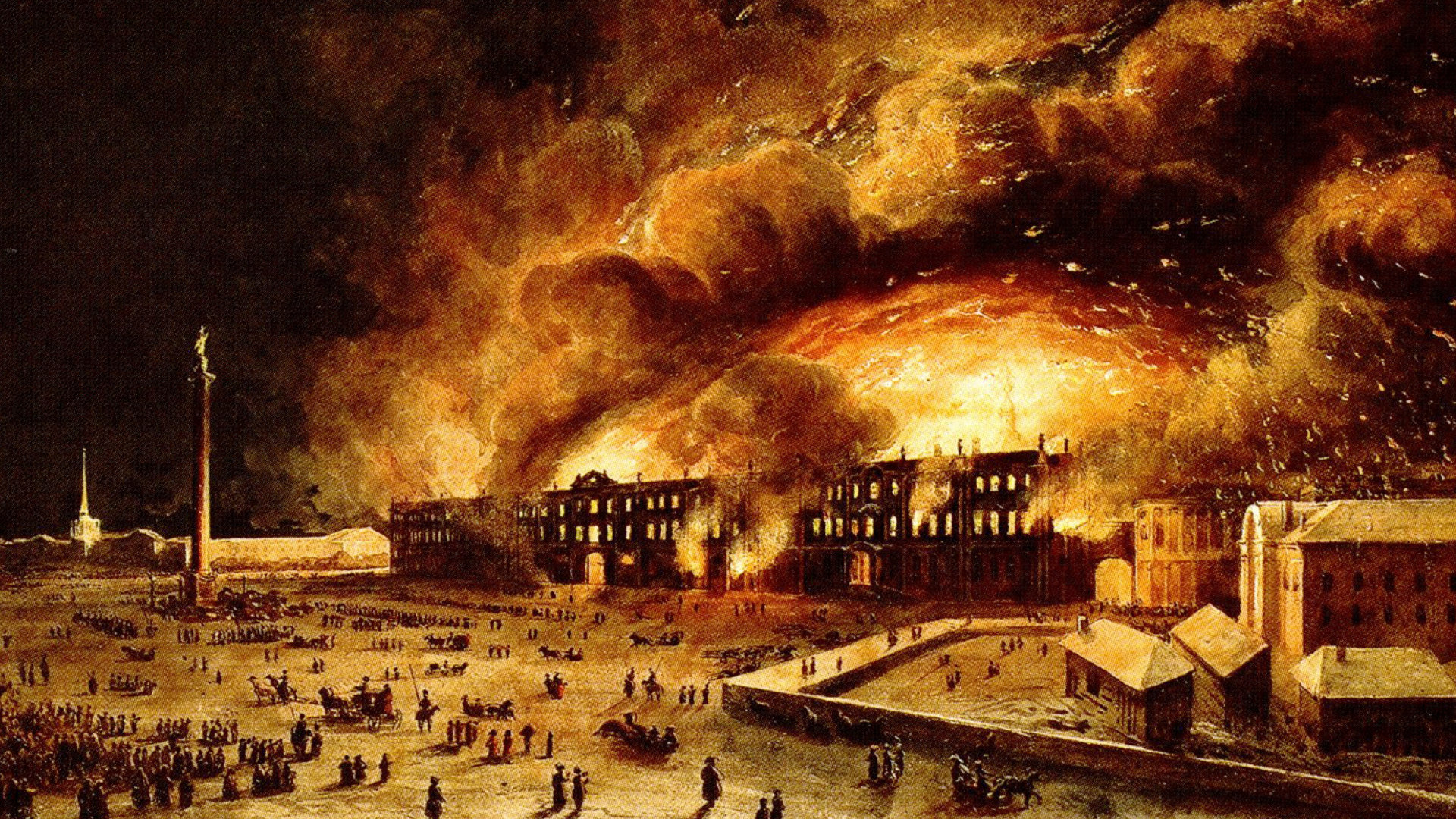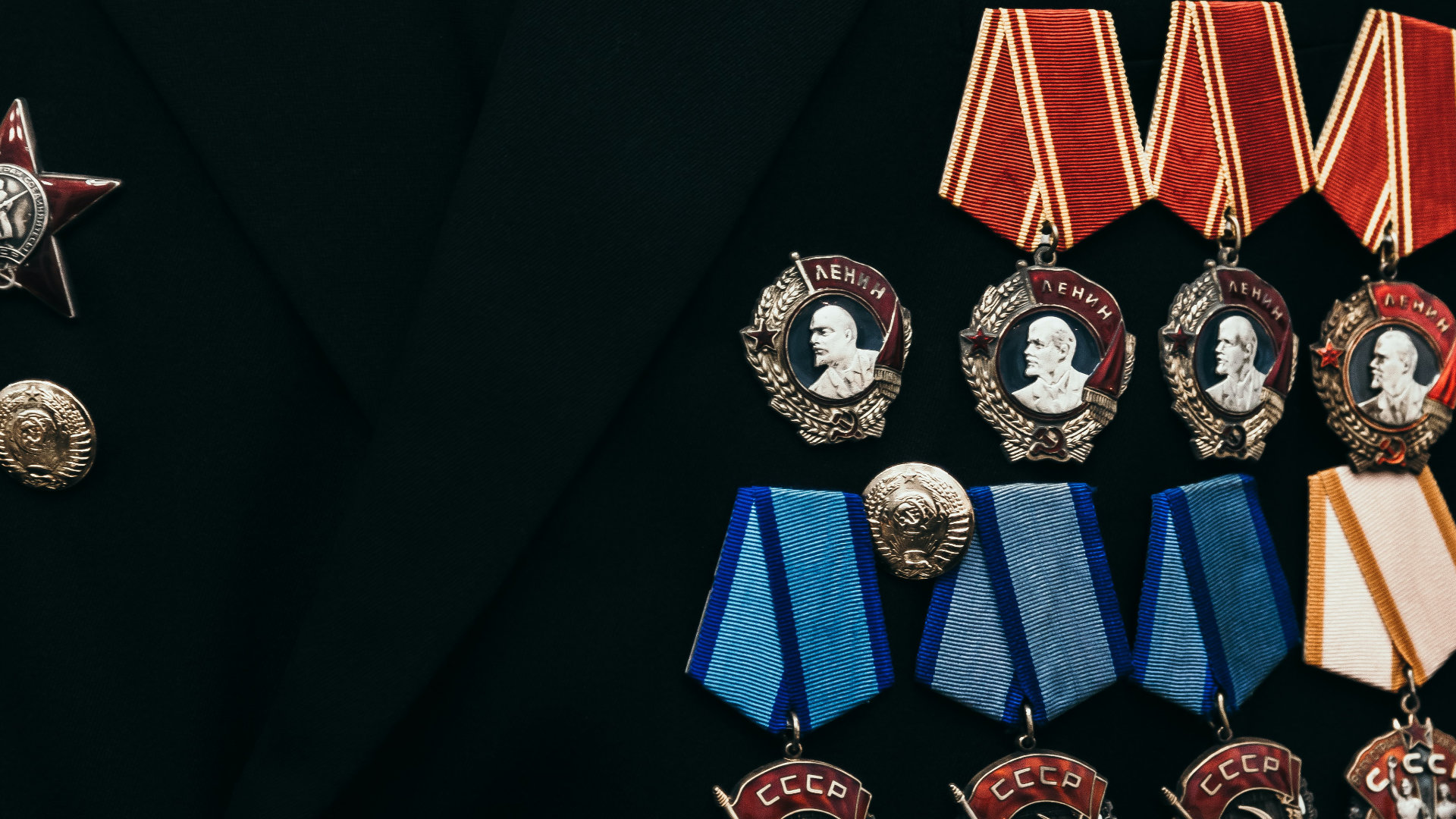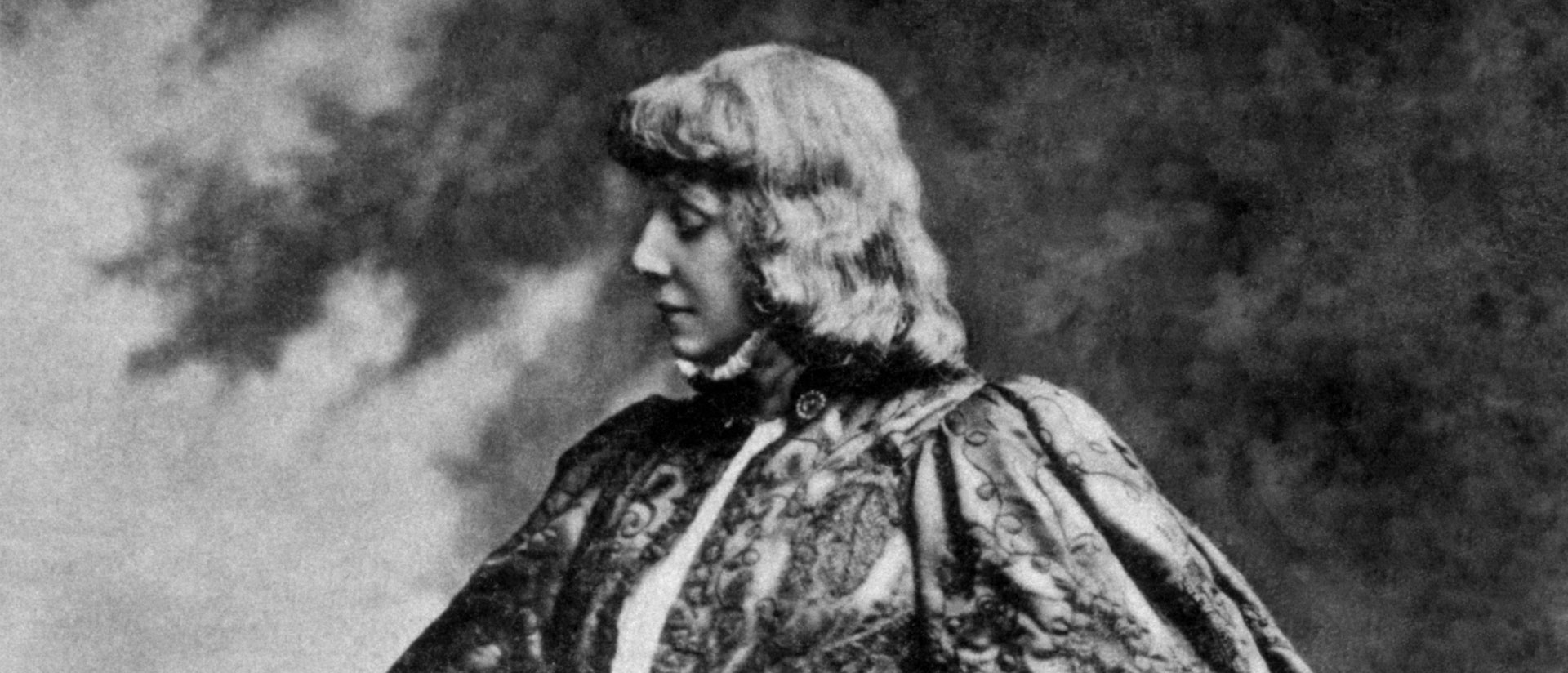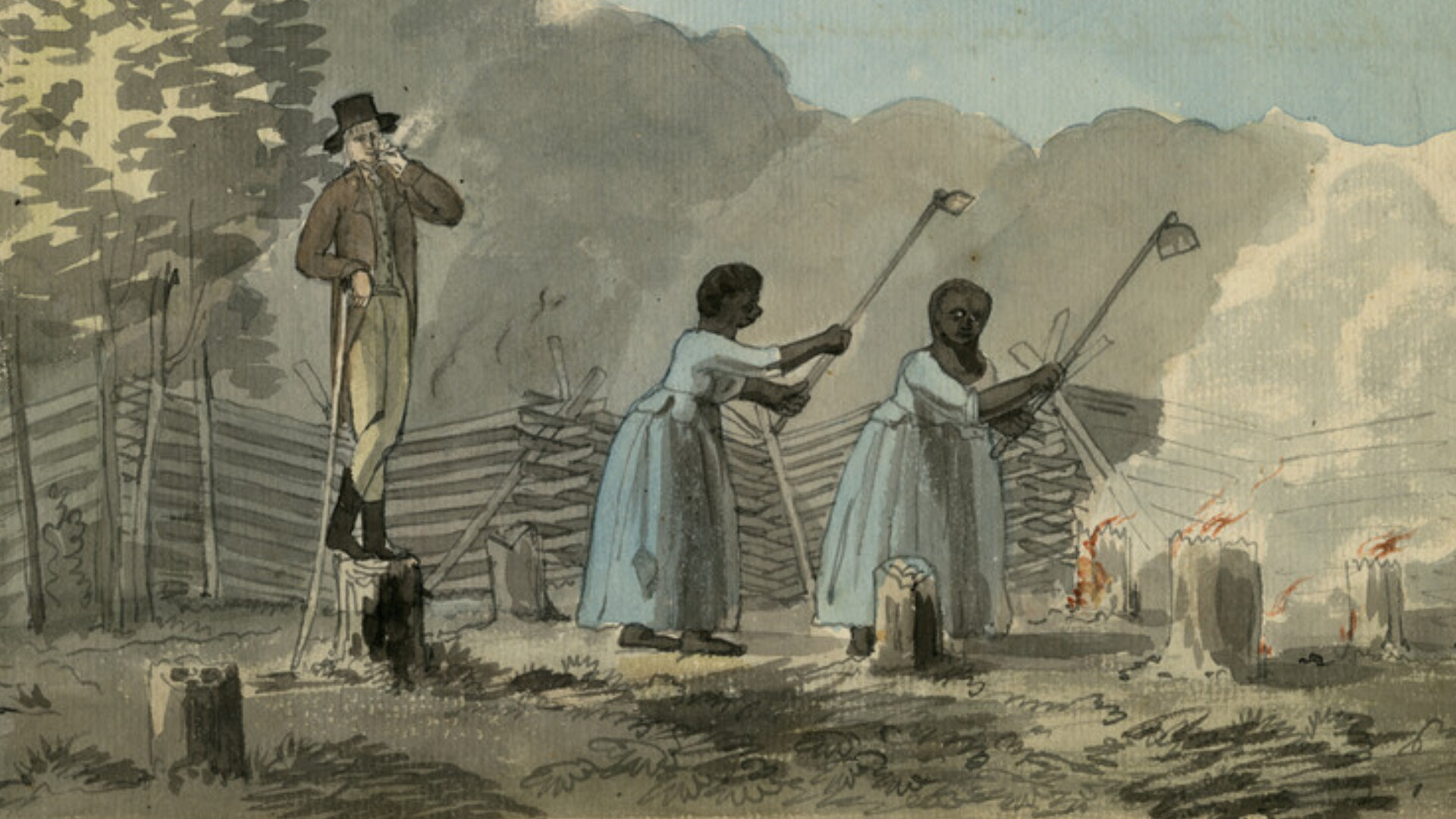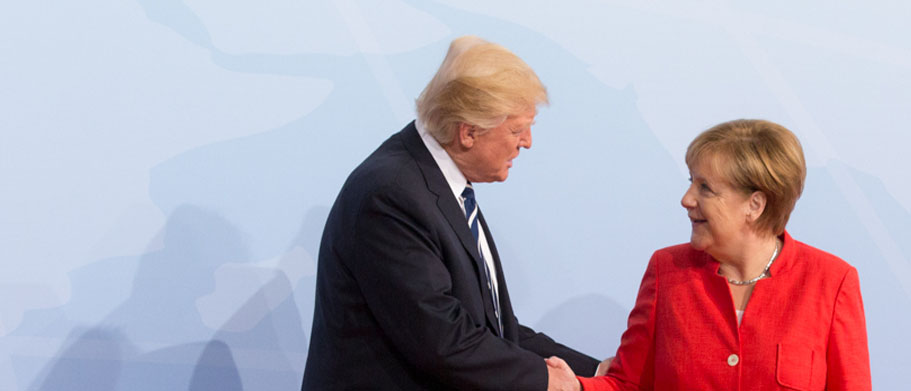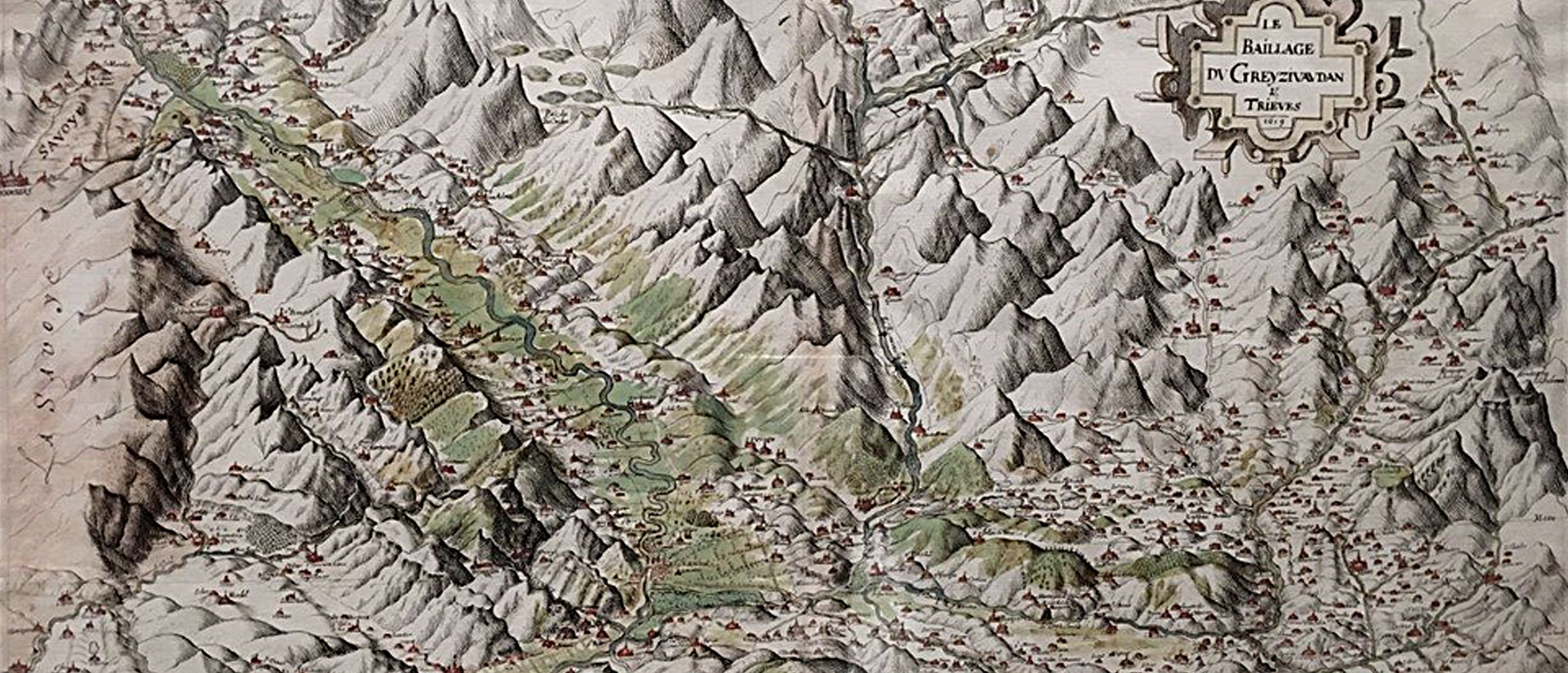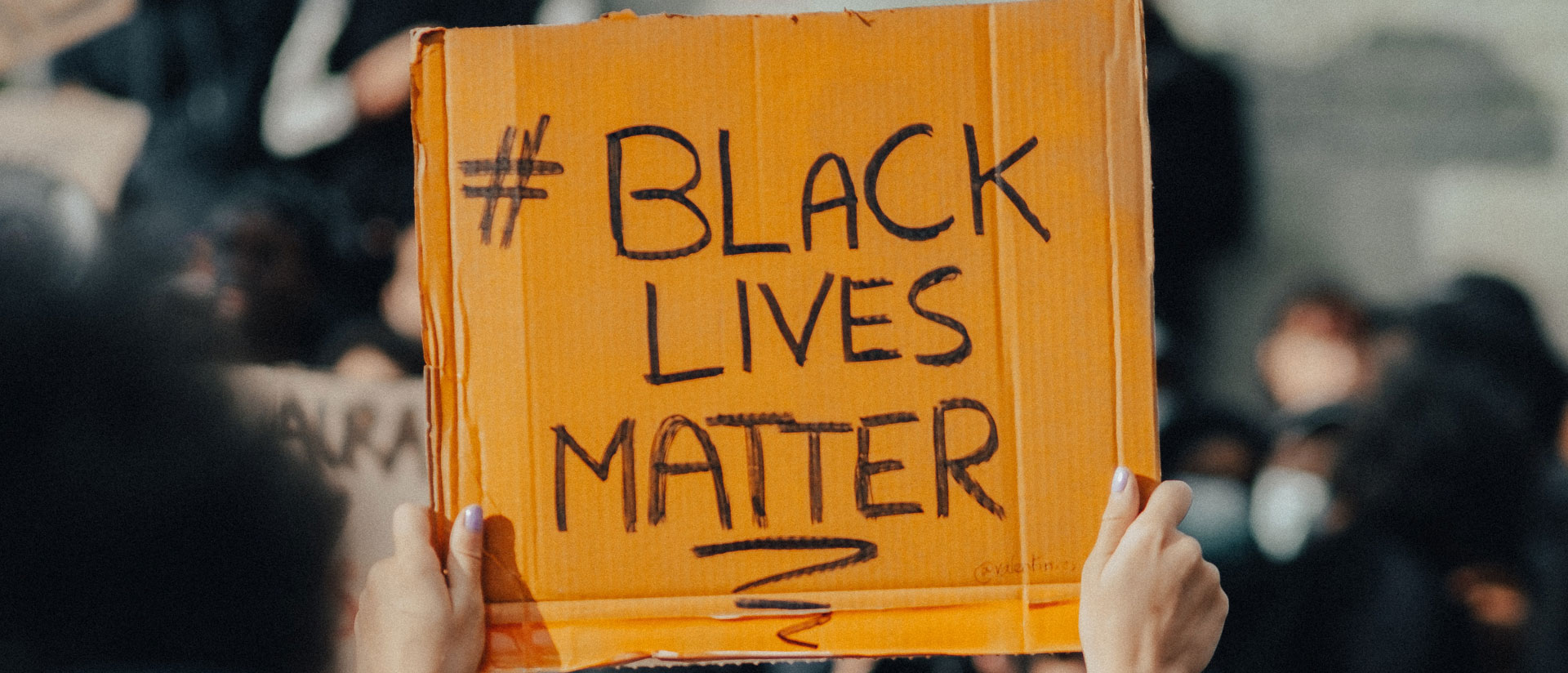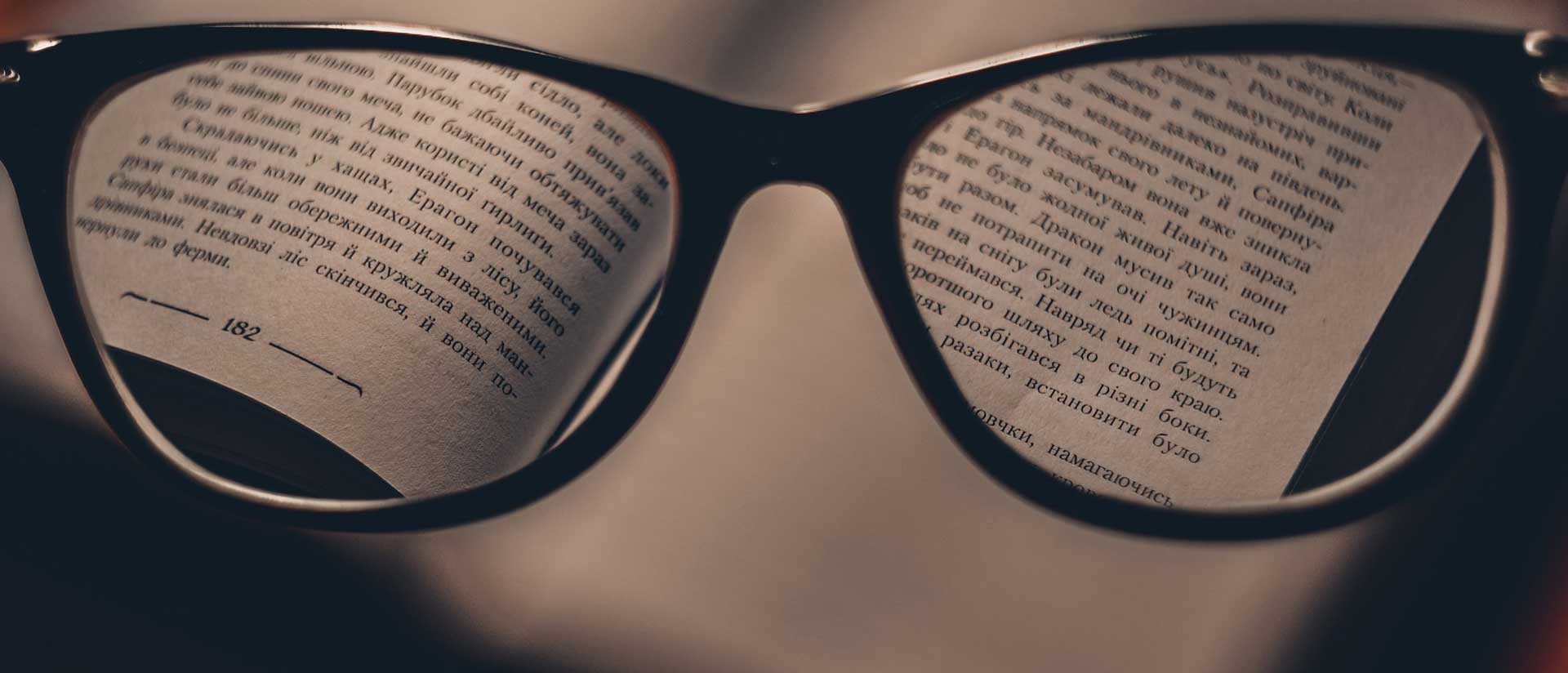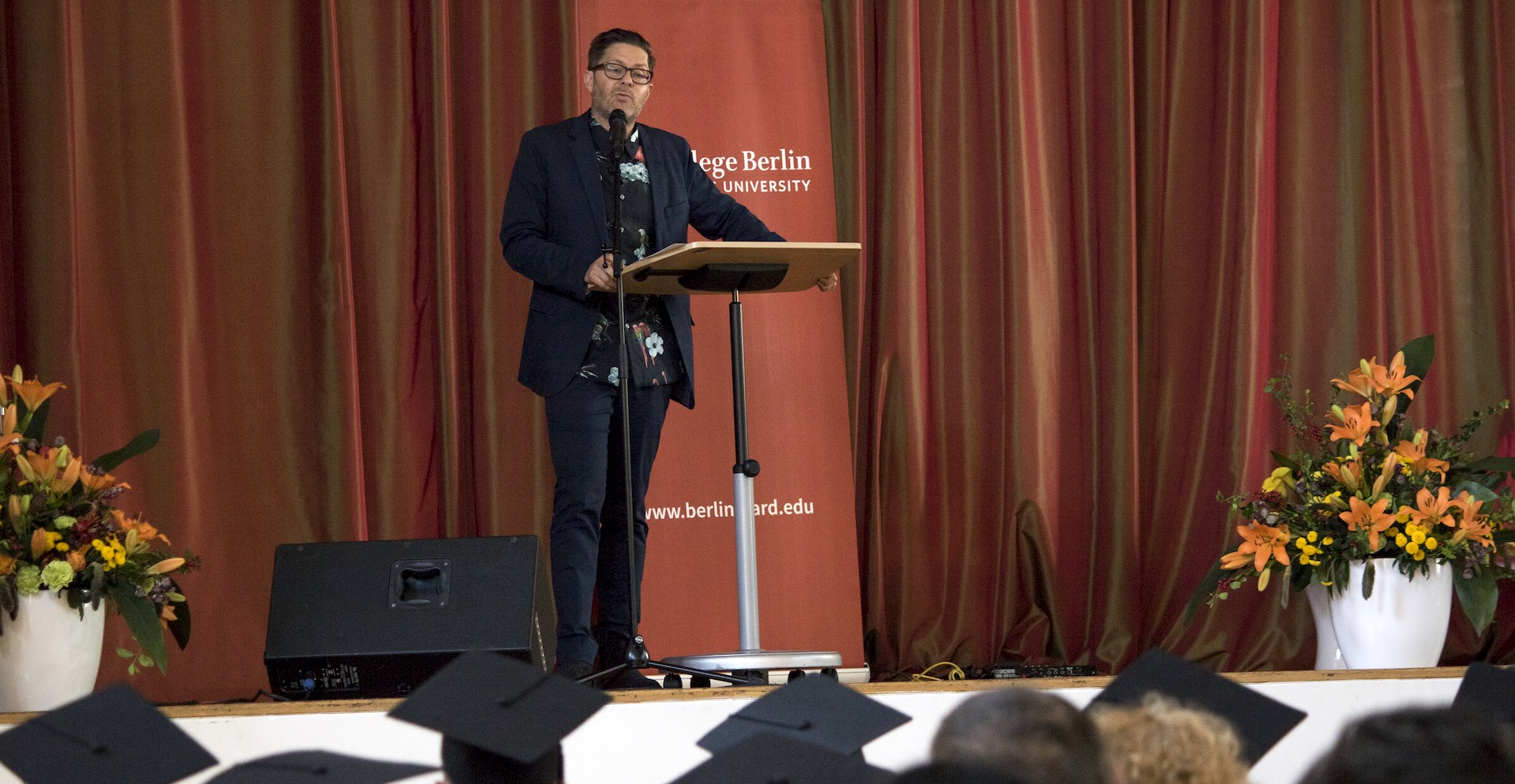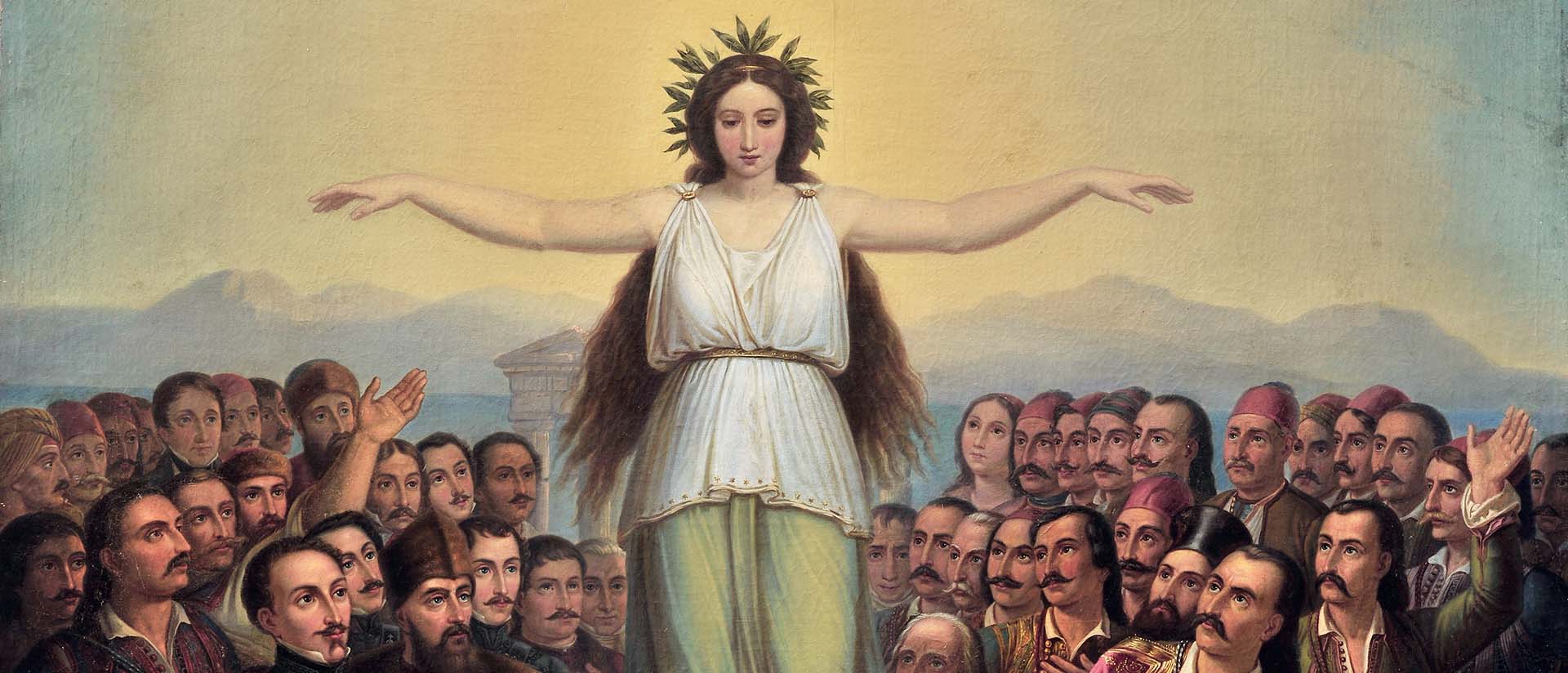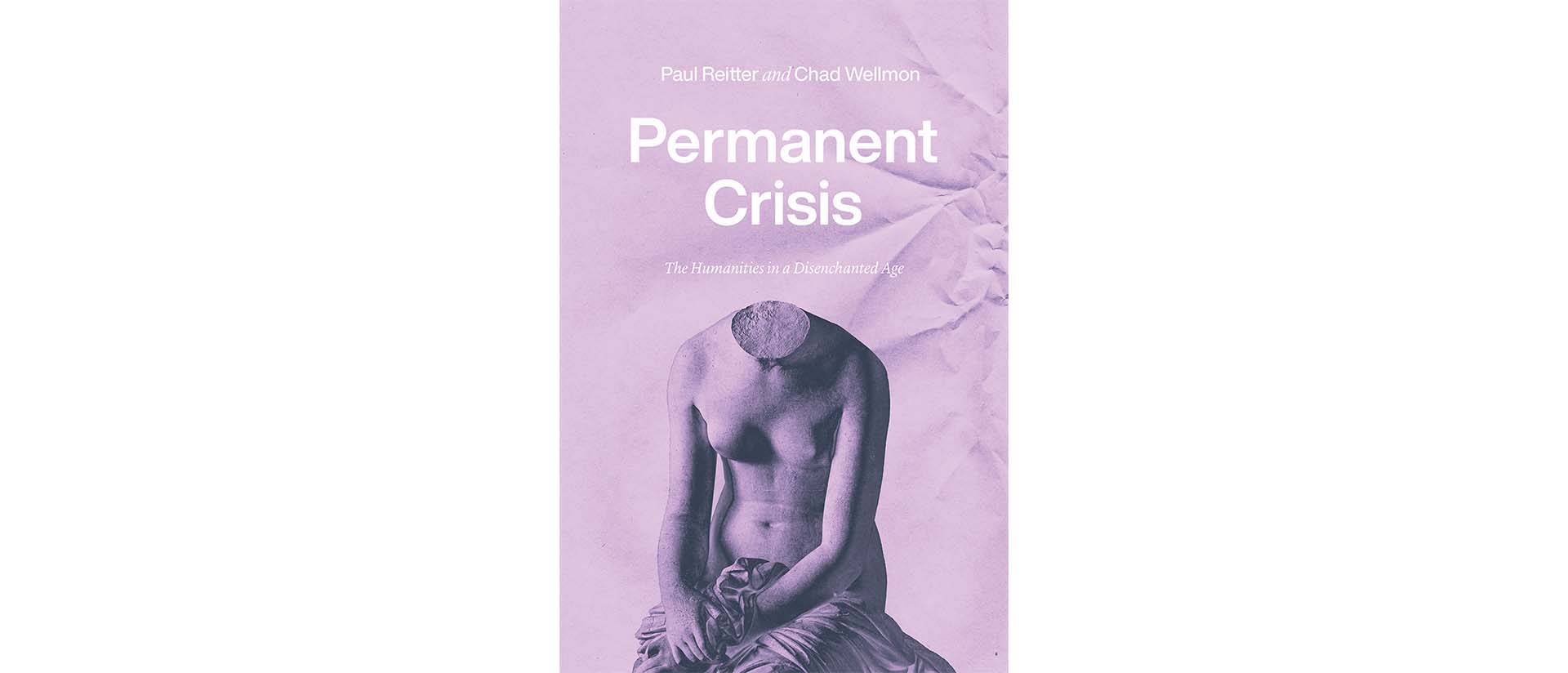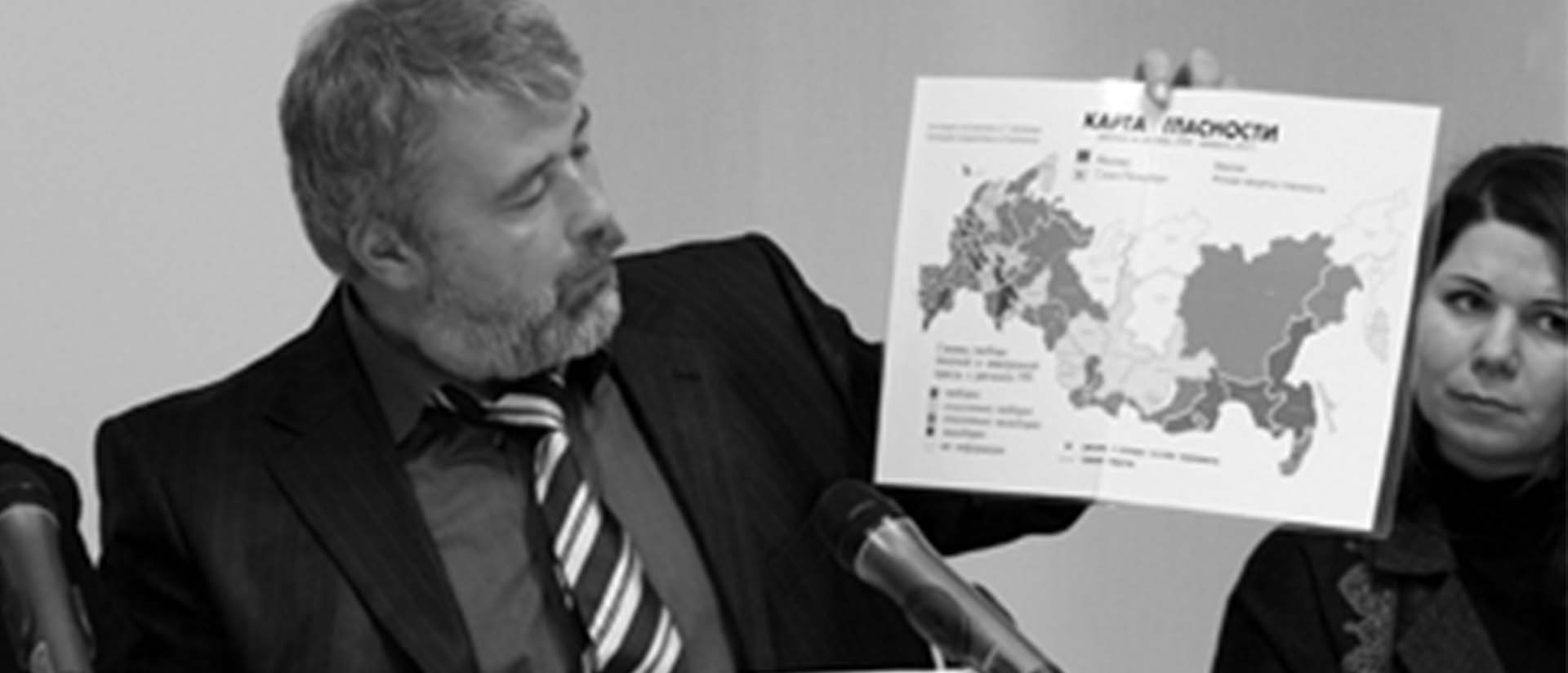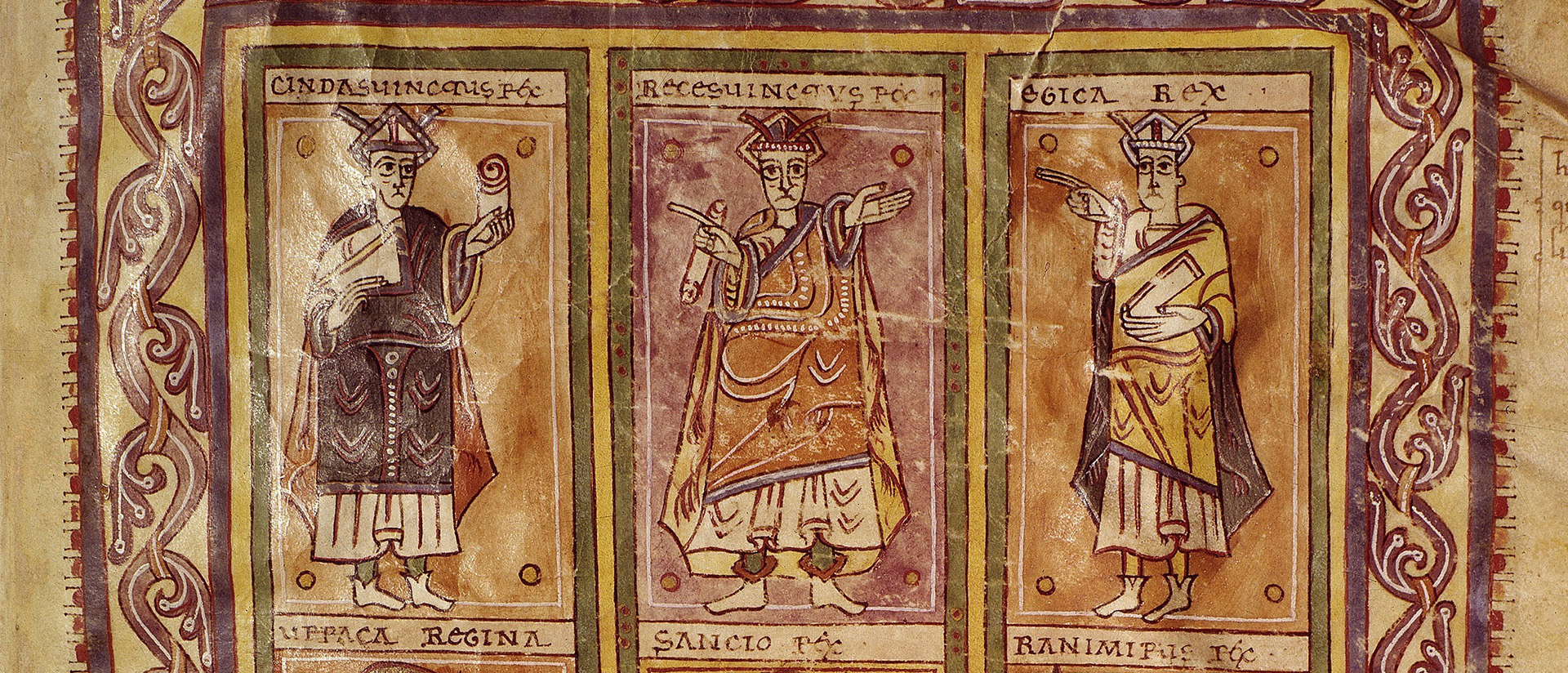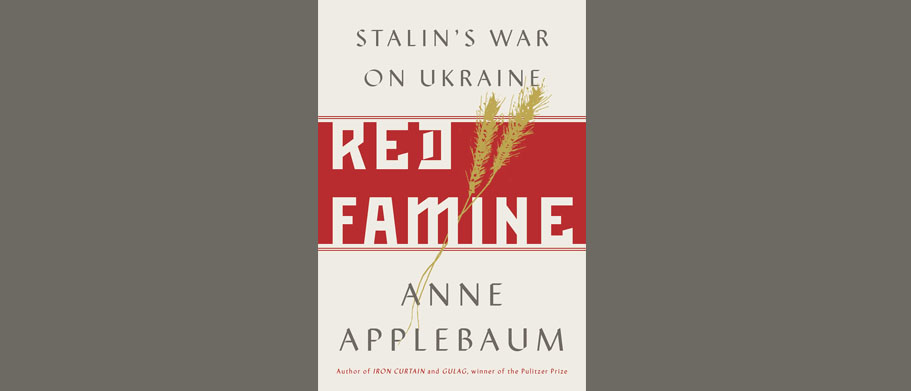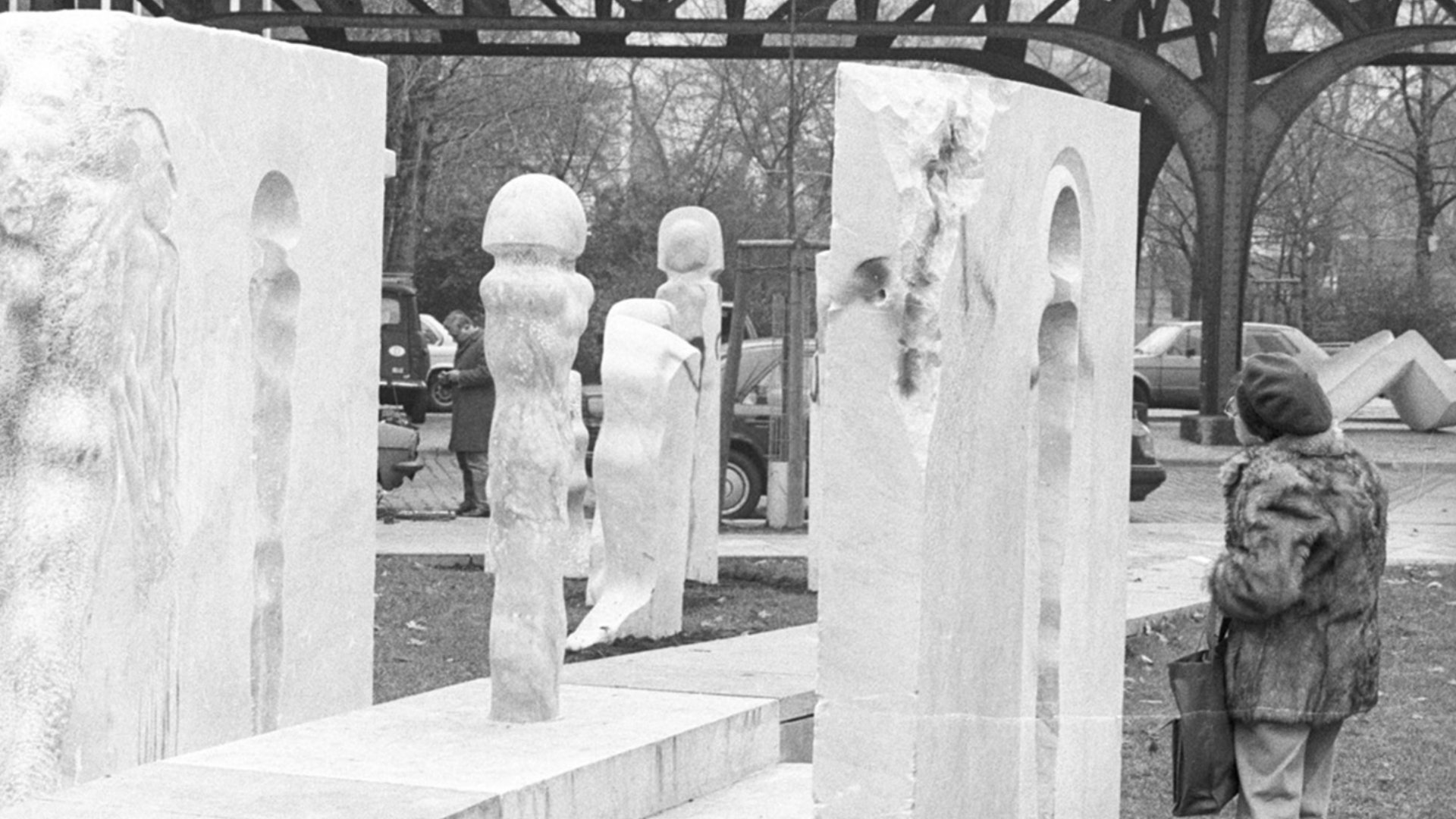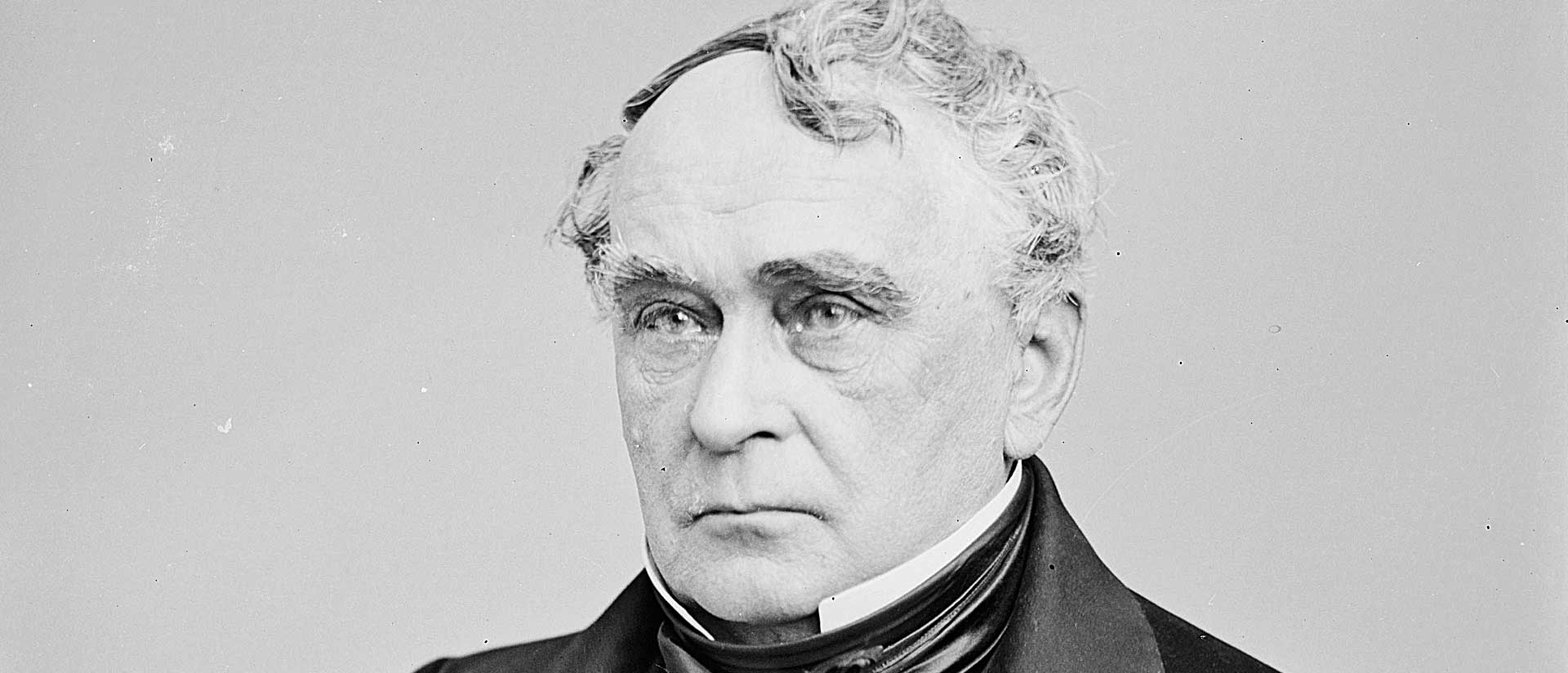
The Laws of War
From the Lieber Code to the Brussels Conference
By Peter Holquist
The intellectual lineage for the law of war dates back at least to Hugo Grotius (1583-1645) and to several peace agreements dating from 1648 (Peace of Westphalia) and 1713 (Treaty of Utrecht), and several in between. While these treaties established peace agreements throughout Europe following a century of bloodshed, they did not establish laws for war itself. In fact, it was only from the mid-nineteenth through the early twentieth century that the law of war as we know it today—such as the criteria for distinguishing “legal combatants” from “illegal combatants”—crystallized into formal codes defining the “laws of war.” These codes emerged specifically from a series of international conferences and agreements—most notably, the 1874 Brussels Conference and the Hague Conventions of 1899 and 1907—which addressed military conduct between armies but also covered the relations between armies and civilian populations.
Perhaps surprising in light of today’s geopolitics, it was not a liberal Western European power but rather the Russian empire that played the most prominent role in extending the codification of these laws and customs of war. So much so, in fact, that the concepts of lawful warfare crafted by the Russian empire during the last third of the nineteenth century continue to serve as the framework for international humanitarian law today. Imperial Russia’s precocious role involved drafting all the preparatory materials for both the 1874 Brussels Conference (the first attempt to codify the “laws and customs of land warfare”—although the Brussels Code went unratified) and the 1899 Hague Conference, which largely confirmed the guidelines developed but not ratified in 1874. Prior, in the 1868 St. Petersburg Declaration, it was Imperial Russia that invoked the “laws of humanity” to justify limits on weapon technologies. And it was again Imperial Russia in 1915, in the “Entente Note to the Ottoman Empire,” regarding the Armenian genocide, that introduced the term “crimes against humanity” in a penal sense and proposed prosecution of state officials for such crimes.
What drove these advanced Russian initiatives? What were their intellectual origins? Oddly enough, they were sets of regulations created for armies during the United States Civil War at the behest of Abraham Lincoln’s War Department, known as the Lieber Code. The following brief history explains the interaction of several cosmopolitan figures that helped to bring the Lieber Code from New York City to Brussels and lay the foundation for the modern laws of war.
In early 1870, a 24-year-old Russian student of international law, fresh from the defense of his Magister thesis at St. Petersburg University, attended the lectures of the Swiss-born scholar Johann Caspar Bluntschli (1808-1881), at Heidelberg University. The Russian Ministry of Education had dispatched the young Baltic-born scholar, Fedor Martens (1845-1909)—later known through German and French translations of his work as “Friedrich Fromhold von Martens” and “Frédéric Frommhold de Martens”—on an extended study tour, taking him to Vienna and Heidelberg. As fate would have it, he would find himself on the border between the North German Confederation and France during the early stages of the Franco-Prussian War of 1870-71. Before too long, however, he returned unscathed to Russia to take up the chair of international law at St. Petersburg University.
Just a few years later, Martens had a chance to see Bluntschli again. When the Russian government convened the first conference to discuss a draft code for the laws of land warfare at Brussels in 1874, he and Bluntschli found themselves sitting across from one another at the conference table. The Swiss Bluntschli was the legal advisor to the German delegation, and Martens—an orphan who had risen as a scholarship student—was legal advisor to the status-conscious Russian delegation. Their participation in these meetings likely represented the first instance of legal scholars actually contributing to the drafting of international codes rather than simply commenting on them after the fact.
This was so because though the nineteenth-century was a nationalizing age, it also remained an age of empires, which saw cosmopolitan and multiethnic elites, such as Martens and Bluntschli, circulating among the echelons of power. The Russian empire’s foreign ministry was home to so many non-Russians at the time, in fact, that the patriotic press came to term it “the almost-foreign ministry” or “the ministry of foreign names.” And the age was also Victorian, an era of specialists, self-improvement, and emerging academic disciplines such as international law and political science.
There were three proximate causes for the 1874 Russia-convened Brussels Conference that brought Mertens and Bluntschli together. The first was the Russian government’s sense of mission in the realm of the laws of war, carrying over from its achievement in securing the 1868 Petersburg Convention, the first treaty to ban a specific weapons technology, exploding bullets, on the grounds of “the laws of humanity.” The second reason was the reaction of European governments, militaries, and societies to the vicious conduct of the Franco-Prussian War, with French use of franc-tireurs—or “free shooters,” irregular military formations operating as detached militias—and the German recourse to reprisals and collective punishment of civilians.
But there was also a third factor. It was one thing for people to decry the violations by the French and German forces, but what could actually be done about it? Martens, in his 1872 letter to Russian war minister Dmitrii Miliutin proposing a conference to address precisely this question, drew attention to a possible solution: a code or handbook of the laws and customs of land warfare. Indeed there was a general thrust for codification in international law in the nineteenth century, and Russian political and legal culture particularly favored this approach to law. But there was a more immediate precedent, and a surprising one at that: Martens insisted that the type of code he was proposing could indeed be feasible in war, because something like it had recently been tried and proved viable in practice: the United States government’s General Order 100, or “Instructions for the Government of United States Armies in the Field,” introduced in April 1863 for Union forces in the US Civil War—a document more commonly known, after its author, as the Lieber Code.
The Lieber Code was composed by a German émigré and university professor named Francis (Franz) Lieber. Born in Prussia in 1798 or 1800 (records are unclear), he had enrolled in the fight for his country’s liberation from Napoleon and took part in the 1815 Waterloo campaign, where he was wounded in the neck and left for dead. Once recovered, he was accepted into the University of Berlin but denied entry because of his membership in an anti-Prussian fraternity (Berliner Burschenschaft) and instead attended the University of Jena, where, in 1820, he graduated with a doctorate in mathematics. In 1821, he traveled to Greece to fight for Greek independence. A committed progressive (Prussian authorities jailed him for four months in 1819 and again for eight months in 1824-25), Lieber emigrated from Germany and made a life in the United States, becoming a professor of political science and history, first at the University of South Carolina, and then at Columbia University, in New York City. Aside from editing the Encyclopedia America, and writing books and pamphlets, he also served as confidante and assistant to Alexis de Tocqueville, as the Frenchman was compiling what would become Democracy in America.
When the US Civil War erupted, in 1861, Lieber drafted several codes and guidelines for the US War Department, then run by Edwin M. Stanton. It was irregular warfare—detached militias, snipers, un-uniformed soldiers, sabotage—that inspired much of Lieber’s work, and Union armies confronted widespread guerilla warfare by Confederate supporters in the territories they occupied. (One of Lieber’s sons fought and died for the South, two others fought for the North). In the summer of 1862, Lieber’s acquaintance Henry Halleck was appointed General-in-Chief of the Union armies, and he commissioned Lieber to prepare a formal memorandum about the conduct of war, which he wrote as a long essay entitled “Guerilla Parties Considered with Reference to the Laws and Usages of War.” Halleck had the text printed and distributed to the Union armies, so that it “would help guide Union policy toward irregular fighters until the end of the war.” The following year, Lieber drafted General Orders 100, a set of instructions for the Union Army on the laws of war—thereafter known as the Lieber Code and now widely considered to be the first written recital of the customary laws of war.
The Lieber Code demanded that armies at war respect the humane, ethical treatment of populations in areas they occupied. It codified law that expressly forbade the killing of prisoners of war, except in cases when the survival of the unit holding them was threatened. It also forbade the use of poisons, holding that the use of such agents puts any military force outside the conduct of the civilized nations and peoples. Section 16 of the Code expressly prohibits this kind of cruelty:
Military necessity does not admit of cruelty—that is, the infliction of suffering for the sake of suffering or for revenge, nor of maiming or wounding except in fight, nor of torture to extort confessions. It does not admit of the use of poison in any way, nor of the wanton devastation of a district. It admits of deception, but disclaims acts of perfidy; and, in general, military necessity does not include any act of hostility which makes the return to peace unnecessarily difficult.
In its entirety, the Lieber Code spells out the rights and duties of prisoners of war and of capturing forces. It also describes the state and ends of war, the state of occupied territories, and the permissible and impermissible means to attain those ends. And addressing some of the most pressing international geopolitical developments of the time, it discussed the nature of states and sovereignties, of insurrections, rebellions, and wars.
European states generally paid little attention to the Lieber Code, but some legal scholars did—among them Lieber’s friend Johann-Caspar Blutschli, who translated the Code into German and included it in his 1866 Das modern Kriegsrecht der civilisirten Staaten als Rechtsbuch dargestellt, which appeared just prior to the 1866 Austro-Prussian War. In his 1868 master’s thesis, about the rights of private property in wartime, the young Martens extensively discussed the Lieber Code, citing it from Bluntschli’s 1868 Das moderne Völkerrecht, where it was included as an appendix in the complete English original. Four years later, in his 1872 letter to Russian war minister Dmitrii Miliutin and in an 1873 newspaper article proposing an international conference, Martens explicitly invoked Lieber’s General Orders 100 and praised the US government for being the first government to introduce a formal code for conduct based on the laws and customs of war for its armed forces. He regretted that, hitherto, European states had failed to follow this excellent example. That, he averred, would now be left to Russia.

